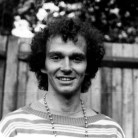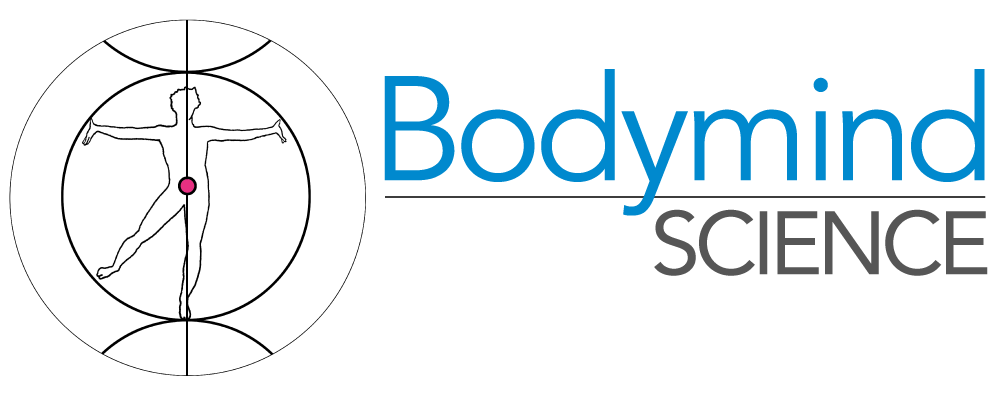Yes I (proudly) admit it: I am a child of the sixties.
I was at Harvard when the Leary debacle happened; I met Richard Alpert before he became Ram Dass. My first acid trip was in 1968, after I moved back to London.
My psychological suffering led me to explore many forms of therapy, and in 60s London there were many available: Bioenergetics, Psychosynthesis, encounter groups, meditation, Yoga, Tai Chi…. I explored them all. I used LSD in the same context, as a tool for inner exploration. (On the right: Timothy Leary at Millbrook in full Guru mode)
When the legal crack-down on psychedelics happened, with LSD classified with heroin and cocaine, I was outraged, and saddened for the future of research into the mind. The crackdown had strong political overtones; it was part and parcel of governmental opposition to the 60s ideology of personal and spiritual liberation and the questioning of traditional social and psychological structures. Although academics and therapists were already exploring the immense positive potential of the psychedelics, suddenly all that research came to a halt, and personal exploration went underground.
I always believed that eventually psychedelics would resurface. I felt that they were invaluable for the development of psychology and psychiatry. Orthodox psychology, based thoroughly in traditional science with its Cartesian dualism, was (and largely still is) like biology before the microscope, or astronomy before the telescope. It is based on the study of a tiny, superficial, constrained portion of the mind, taking a limited part for the whole.
 Brave and dedicated souls like Rick Doblin and Charles Grob continued to fight for psychedelic research; and finally, over the past 5 years (and 50 years since Leary’s expulsion from Harvard), psychedelics are back with a vengeance! An increasing surge of scientific studies is documenting the profoundly beneficial effects of the psychedelics and debunking the negative myths and propaganda. Over the decades, people who use psychedelics are in better mental health, less likely to suicide; psychedelics promote neuroplasticity, increase connectivity in the brain, enhance creativity, can quickly resolve clinical depression, and do not cause psychosis! (On the right: fMRI of the brain on LSD compared with normal; colors indicate increased connectivity.)
Brave and dedicated souls like Rick Doblin and Charles Grob continued to fight for psychedelic research; and finally, over the past 5 years (and 50 years since Leary’s expulsion from Harvard), psychedelics are back with a vengeance! An increasing surge of scientific studies is documenting the profoundly beneficial effects of the psychedelics and debunking the negative myths and propaganda. Over the decades, people who use psychedelics are in better mental health, less likely to suicide; psychedelics promote neuroplasticity, increase connectivity in the brain, enhance creativity, can quickly resolve clinical depression, and do not cause psychosis! (On the right: fMRI of the brain on LSD compared with normal; colors indicate increased connectivity.)
My favorite fun fact, which I came across in a Time-Life nature book in the 70s: spiders given LSD weave a web which is more complete and well-structured than their ordinary web! Yes it’s true!
We talk about the “effects” of a drug. Caffeine makes you alert, Ambien makes you a racist (oh no, wait, that was just Roseanne…), ether puts you to sleep. These effects have fairly straightforward neurobiological pathways. But is clear that the psychedelics are in a different class. A psychedelic trip is an extremely complex and unpredictable unfolding of experience, better described as a process triggered by the drug rather than an “effect” of the drug. And, this process is similar to the processes triggered by various spiritual/psychological practices, such as intensive meditation, a good therapy session, a vision quest…. The way I see it, all of these trigger, or unlock, an in nate, inherent self-healing process in the mind. Actually, to say “mind” is not accurate; a crucial aspect of this process is that it restores a mind-body unity that centuries of conditioning has disrupted. The experiences during a trip can involve profound alterations in physical experience, inner sensation, physical ability; I remember one early trip where I was suddenly able to do Yoga poses previously far beyond my ability (no, really!)
nate, inherent self-healing process in the mind. Actually, to say “mind” is not accurate; a crucial aspect of this process is that it restores a mind-body unity that centuries of conditioning has disrupted. The experiences during a trip can involve profound alterations in physical experience, inner sensation, physical ability; I remember one early trip where I was suddenly able to do Yoga poses previously far beyond my ability (no, really!)
This leads me back to the topic of therapy—“psychotherapy” we call it, as if it were just about the psyche–and it’s medical cousin, psychiatry. When I moved from London to the States in 1967, a priority for me was finding a good therapist. I went to one, and asked what kind of therapy he did. Bioenergetics? Psychosynthesis? Gestalt? “Well, I went to school for counseling, I have a PhD”. Not quite the answer I was expecting, but OK, give it a try. After a couple of sessions of get-to-know-you chit-chat, I asked when we would actually be doing some therapy. A confused look came over his face: “Well, that’s what we’ve been doing!” WHAT?! Giving advice is your idea of therapy?
To this day, most psychotherapy in the States focuses on changing consciously held beliefs and thought patterns. Although in some cases this can be useful, it is also very limited. More profound forms of therapy, which can catalyze genuinely transformative journeys, do exist: Somatic Experiencing, Hakomi, AEDP, to name a few; but, reminiscent of the repression of the psychedelics, these therapies get marginalized. Research funding is hard to get, they are rarely mentioned in popular media, and (tragically) they are not  made available to veterans struggling with PTSD.
made available to veterans struggling with PTSD.
The use of psychotropic (as opposed to psychedelic) drugs in psychiatry is a hit-or-miss affair, often based on bad science (there is plenty of evidence for this statement). These drugs are blunt instruments, often with subtle side effects or hidden harms (although to be fair, they can also be life-savers). Their mechanisms of action have nothing to do with the psychedelics, which are more like keys which unlock doors than bandaids covering wounds.
My sincere hope is that the re-discovery of the psychedelics presages a flowering of a genuine psychology, one which embraces the vastness of human experience, one which no longer separates mind from body, and which no longer sees humans (or animals) as biochemical mechanisms. Authentic psychotherapy must support the inherent striving towards wholeness which gives the universe meaning.


You must be logged in to post a comment.